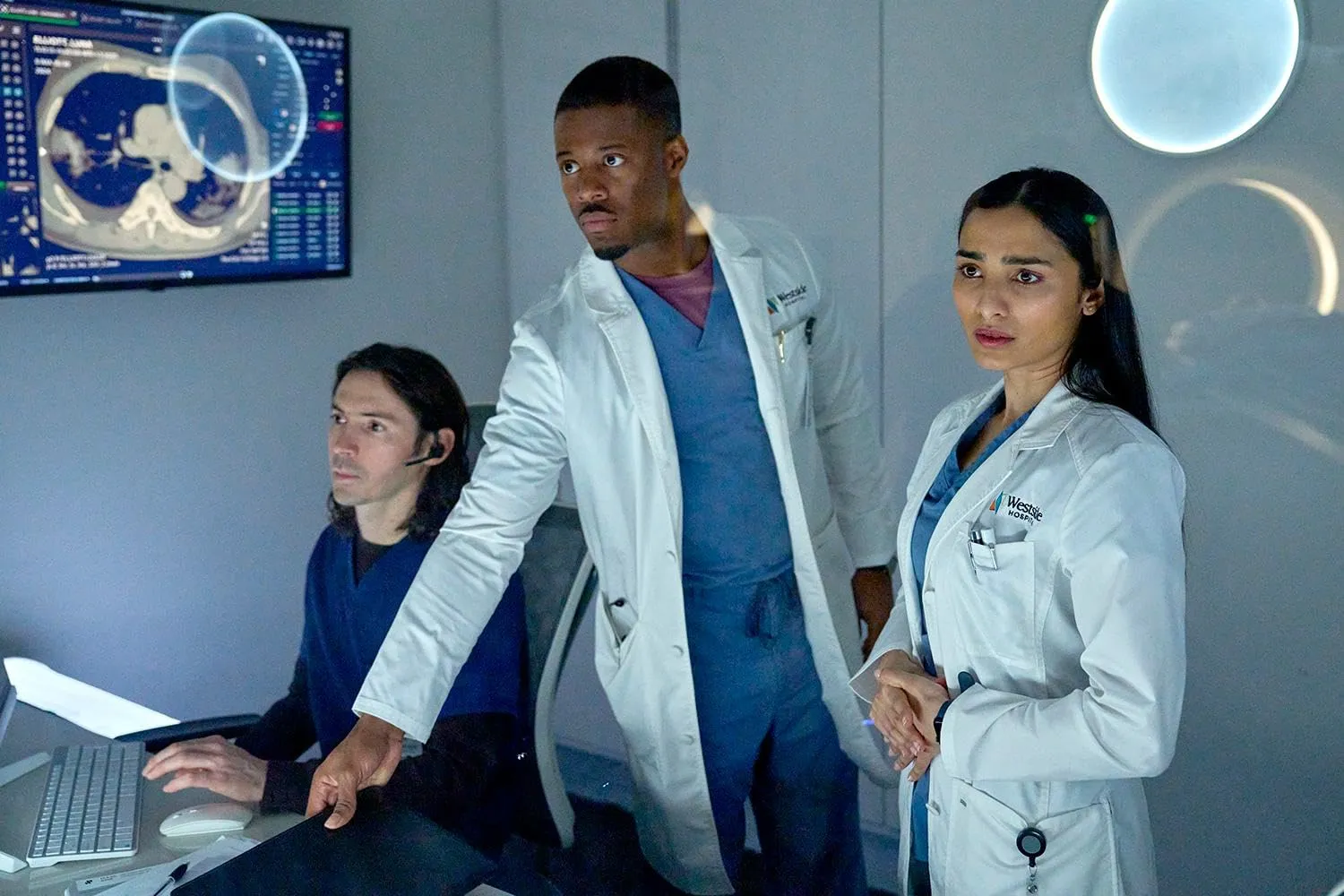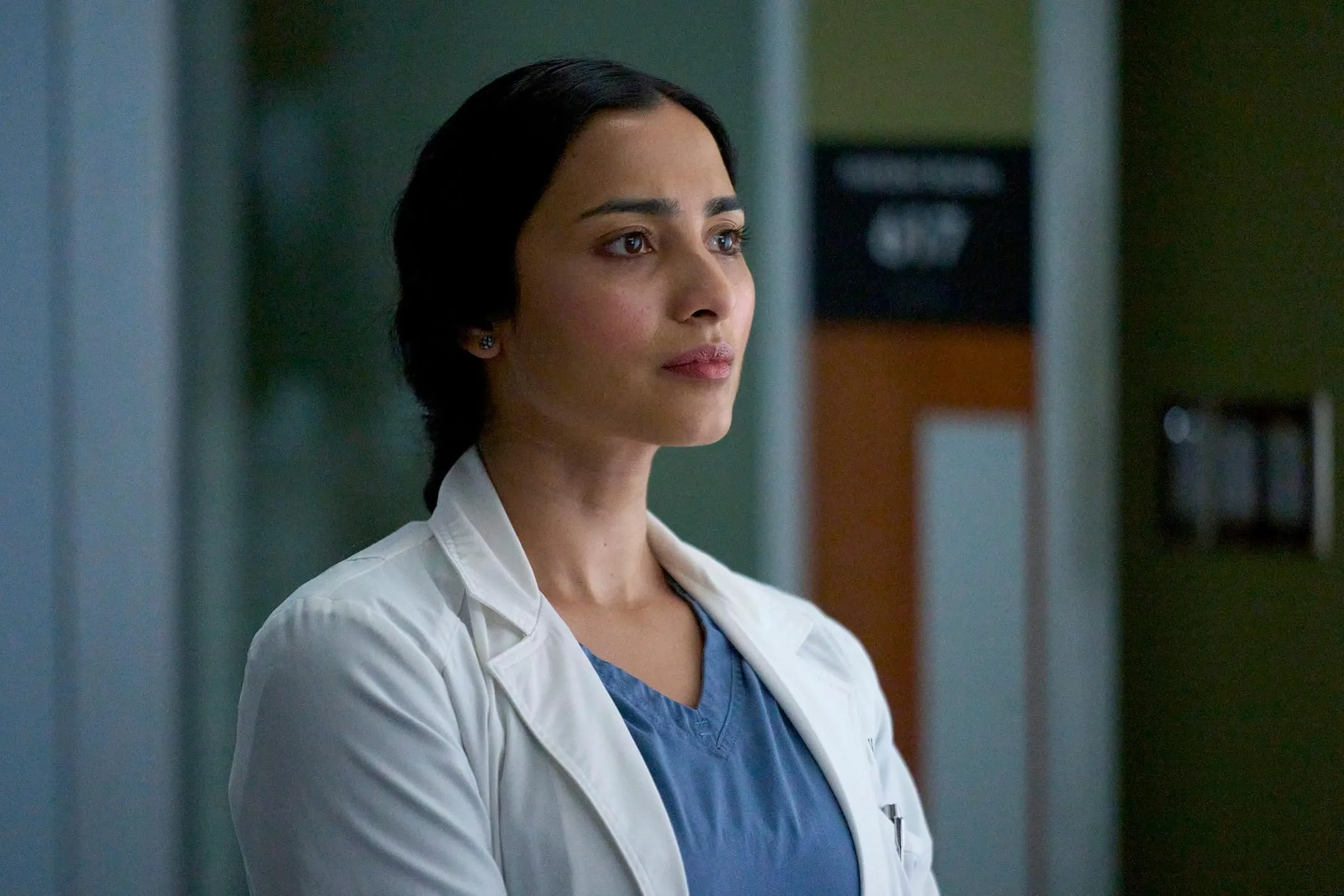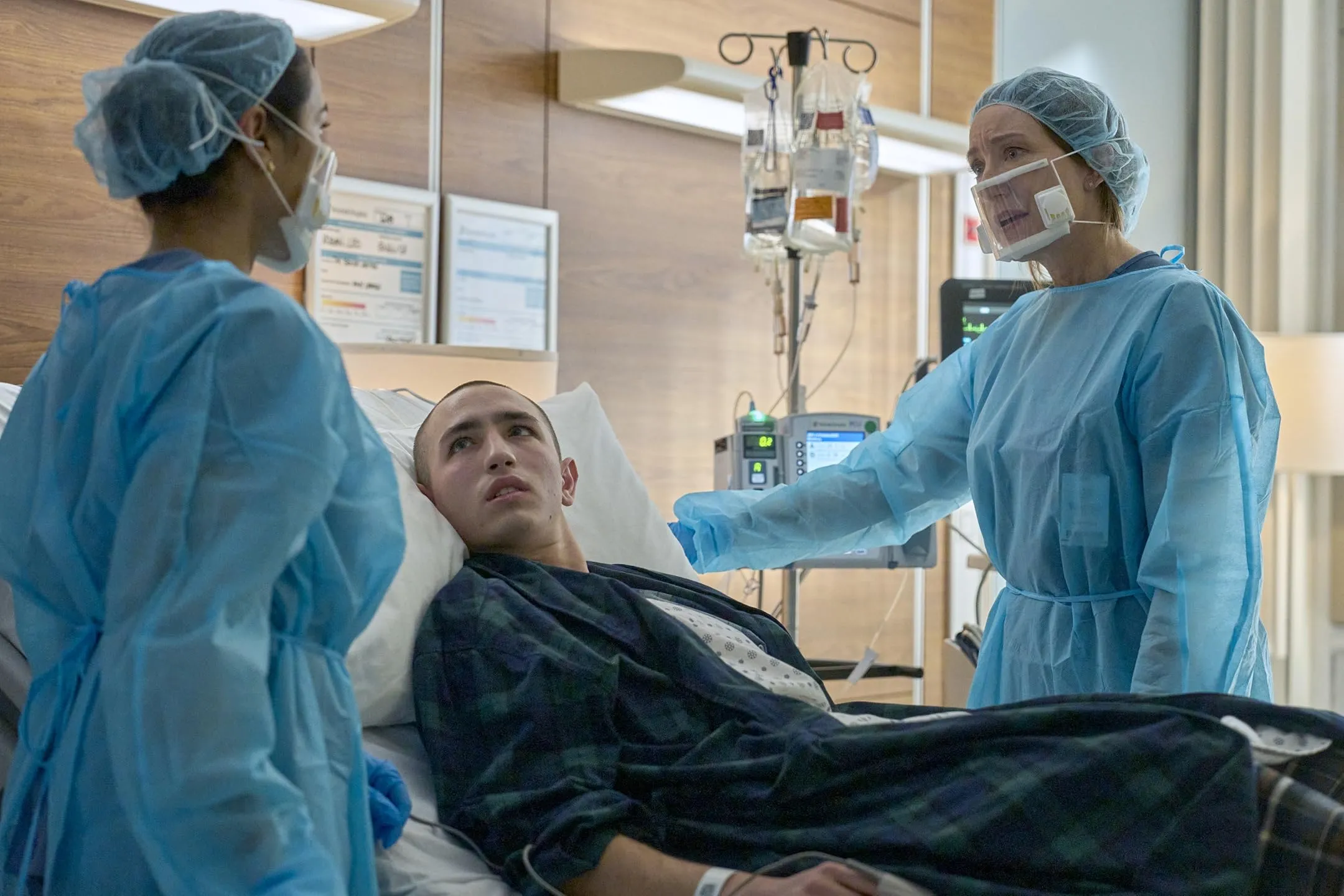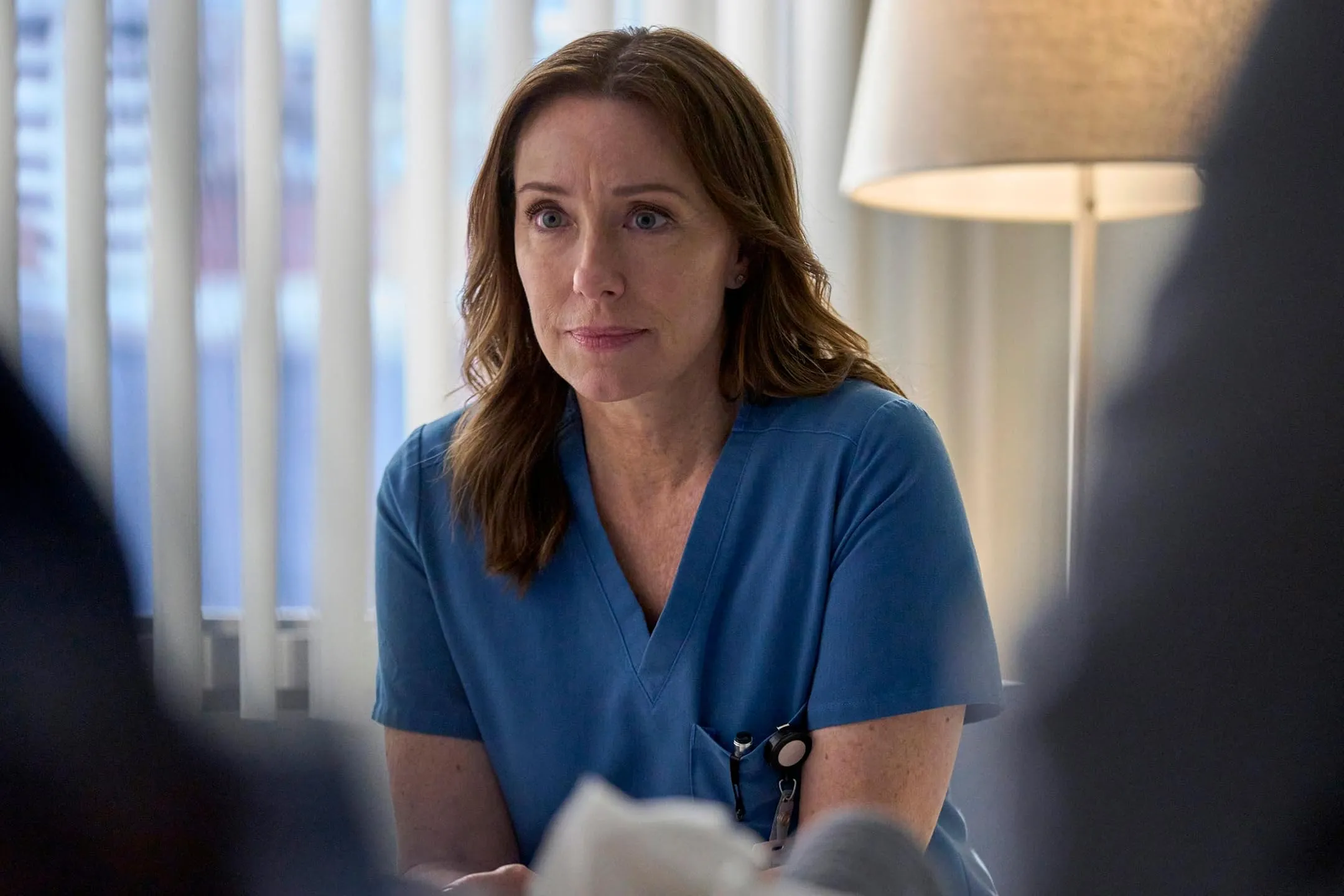“Doc Season 1” centers on a highly respected doctor who experiences significant memory loss following a serious car accident. The show introduces us to a physician whose eight-year gap in recollection reshapes her career and personal life.
This memory void disrupts established routines, forcing her to relearn medical protocols and rebuild relationships with colleagues and family. The gap in her past becomes a catalyst that sends ripples through her professional standing and private world, upending familiar roles and expectations.
The series is set in a contemporary hospital, where clinical efficiency meets moments of personal struggle. The sterile corridors and active wards serve as the backdrop for both standard medical cases and deeper personal interactions.
The environment exudes a subtle tension, with the hospital serving as both a place of healing and an arena for emotional conflicts. This mix of day-to-day medical routines and unexpected personal revelations creates a setting that feels both real and emotionally charged.
At the heart of the narrative is a fresh opportunity for renewal. The sudden absence of her past memories ignites conflict and shifts in loyalties, compelling every character around her to react and adjust. This immediate dramatic tension drives the plot forward and invites viewers to witness a story of personal reinvention.
Narrative Structure and Storytelling Techniques
The series arranges its events in a non-traditional order, interweaving moments from the past with scenes set in the present. Flashbacks emerge at strategic points, providing glimpses of a life before the accident. This method highlights shifts in behavior and uncovers lost details bit by bit.
The timing of these interludes creates a fresh viewing experience, as the audience pieces together a puzzle that connects a once-familiar identity to its current state. The arrangement of scenes keeps viewers alert, inviting them to compare past decisions with the unfolding challenges of everyday hospital life.
The loss of memory acts as a tool to reveal layers of character gradually. The absence of recollection does more than serve as a plot twist; it acts as a catalyst for transformation.
The protagonist’s struggle to reconcile fragments of her former self with the person she has become opens up room for emotional and professional reevaluation. This approach forces both the character and the audience to reconsider what defines identity, adding complexity to the storyline without overwhelming the viewer with exposition.
There is a balanced interplay between intense, high-stakes medical emergencies and softer, more intimate personal moments. Dialogue exchanges are carefully crafted to shift smoothly from technical precision to personal introspection.
Editing choices and scene transitions contribute to a rhythm that feels both spontaneous and well-considered. The mix of brisk, clinical scenes with reflective pauses gives the series a fresh take on familiar tropes while remaining accessible to those who appreciate thoughtful film and television work.
Character Analysis and Development
Dr. Amy Larsen appears as a character with a past defined by a sharp, no-nonsense approach to medicine. Before the accident, her focus was fixed on professional success, leaving little room for warmth or emotional connection.
After losing eight years of memory, viewers see a marked change. Amy begins to show gentleness and openness in situations that once called for strict clinical detachment.
This new side raises questions about how much of her earlier self was shaped by personal loss and the pressures of a demanding career. The amnesia forces her to reassess long-held beliefs and behaviors, allowing the audience to witness a transformation driven by unexpected self-reflection.
The series places significant weight on Amy’s interactions with those closest to her. Her former marital relationship, now clouded by past commitments and current disconnection, offers a nuanced look at how time and memory affect intimacy.
The strained bond with her daughter serves as a mirror for the personal challenges that emerge when familiar ties must be redefined. The attempt to rebuild trust and understanding adds a rich layer to the narrative, making family dynamics a central part of her journey.
Within the hospital setting, Amy’s interactions with colleagues bring another dimension to her character. A discreet yet meaningful connection with a colleague provides moments of levity and vulnerability, while a more contentious relationship with a rival hints at underlying ambitions. These exchanges highlight the pressures of working in a high-stakes environment, where personal and professional lines often blur.
Key figures, including a thoughtful neuropsychiatrist and a determined chief resident, contribute to Amy’s ongoing transformation. Their individual challenges and growth not only influence her recovery but also add weight to the series’ overall narrative. Each supporting role reinforces the central theme of redefinition, making the entire cast a critical part of the unfolding drama.
Thematic Exploration and Emotional Resonance
The series uses the eight-year memory gap as a marker for a fresh start. The lost years separate the life before the accident—defined by a strict, unsentimental focus on medicine—from the present, where the protagonist must reconstruct her sense of self.
This division forces both the character and the audience to rethink what defines personal identity. The missing memories raise questions about which traits are innate and which are the product of experience, making her transformation a journey of self-recovery.
The narrative does not shy away from the weight of past sorrows. Personal tragedies, including the pain of family loss and the scars of professional setbacks, are portrayed with care.
These moments, woven into her daily life, show the gradual process of accepting pain and learning to cope. The series captures the slow pace of healing, where each setback and small victory contributes to the rebuilding of broken bonds.
Medical emergencies and challenging cases force characters into moments of moral reflection. The choices they face, whether balancing patient welfare with personal ambitions or navigating conflicts of duty, invite viewers to consider the cost of high-pressure decisions.
These scenarios create a backdrop for examining how personal growth often comes from confronting difficult situations, underscoring the human side of medical care.
At its core, the story is about renewal. The hospital setting functions as a stage for transformation, where every setback holds the possibility of change. Characters find opportunities to rebuild their personal lives and professional reputations, suggesting that even after profound loss, a new path can emerge. This ongoing reinvention offers a thoughtful look at how fresh starts can reshape one’s outlook and redefine one’s purpose.
Medical Procedural Elements and Case-of-the-Week Storylines
The show uses individual medical cases as touchpoints that propel each episode forward. Each patient encounter echoes the main character’s internal struggles, creating a link between the hospital’s daily operations and the life-changing events affecting the doctor.
The familiar routine of medical procedures is interspersed with surprising complications that mirror her personal challenges. This structure offers viewers a steady rhythm where every case contributes meaningfully to the unfolding drama.
Scenes featuring diagnostic puzzles and ethical medical decisions are handled with a careful balance of realism and narrative flair. There are moments when the technical side of medicine feels true to life, while other instances use slight exaggerations for storytelling impact.
This approach ensures that the series remains engaging without drifting too far from believable medical practice. The tension between strict medical protocols and the emotional reality of the characters is a central element that adds a unique flavor to the series.
Some episodes present patient cases that act as mirrors for the main character’s internal conflicts. These situations serve as symbols for the personal dilemmas she faces in her recovery and professional reawakening.
A particularly challenging diagnosis might echo her struggle with rediscovered memories, while a rare medical condition can reflect her ongoing search for self-understanding. The careful crafting of these cases creates moments of both tension and relief, reinforcing the overall narrative while inviting viewers to see deeper layers in each storyline.
Production, Direction, and Technical Execution
The show employs a range of visual techniques that effectively reflect its emotional undercurrents. Camera work is often fluid and precise, capturing the intricate dynamics of hospital corridors and intimate character moments alike.
Thoughtful scene composition and deliberate framing underscore both the tension of urgent medical scenarios and the quieter moments of personal reflection.
The use of lighting and set design creates distinct atmospheres within the hospital—sterile yet intimate—which reinforces the series’ emotional texture. Every shot seems carefully planned to balance a clinical environment with an unmistakable human touch.
The director manages to harmonize the brisk pace of life-saving emergencies with quieter, more reflective segments. This balance is evident in scenes where intense medical procedures gradually give way to softer, character-driven moments.
Editing plays a significant role in weaving together these different narrative threads, keeping the storyline clear while still building suspense.
Transitions between high-energy and calm sequences are smooth, ensuring that the overall rhythm feels consistent and engaging. This technique reminds me of some moments in classic and modern cinema that emphasize the importance of pacing in storytelling.
Sound design and musical choices work hand in hand to heighten the series’ emotional impact. The ambient hum of hospital machinery is interspersed with a carefully curated soundtrack that adds layers to both dramatic and tender scenes.
Dialogue ranges from brisk, technical exchanges to more vulnerable, revealing conversations, providing depth to each character’s personality and struggles. The careful blending of sound elements contributes significantly to the narrative’s immersive quality, ensuring that every moment resonates on multiple levels.
The Review
Doc Season 1
Doc offers a fresh take on the medical drama genre through inventive narrative and striking technical execution. The interplay between lost memories and personal transformation, paired with precise direction and genuine dialogue, creates a series that draws viewers in. While certain elements remain familiar, the show succeeds in exploring the complexities of identity and redemption in a high-pressure setting. It stands as a captivating series that rewards careful viewing.
PROS
- Creative narrative structure
- Strong character evolution
- Effective technical execution
- Balanced mix of drama and personal moments
CONS
- Familiar medical drama elements
- Occasional narrative predictability




















































